Adomast Safetard Gel – 25 Litre – is a water based surface retarder for application to the concrete mould face.
SAFETARD GEL has been formulated to retard or slow the set of the surface cement content within the fresh concrete thot comes into contact with it. It is ideally suited to the production of exposed aggregate finishes or ‘keyed’ surfaces for construction joints Safetard Gel is a transparent gel colour tinted to visually assist application.
Adomast Safetard Gel – 25 Litre – is also available as a 5 litre pack size, and as a liquid-based variant.
Advantages:
- Easily applied by brush to all formwork types
- Weather resistant
- Single coat application
- Concrete can be applied immediately or later
- Non-staining
- Water based with no flammable or toxic constituents.
- Fully Biodegradable
- No VOC’s
- Any residue on formwork is easily removed
- Can be used on vertical surfaces
- WRAS approved product
Coverage:
A typical coverage is of 3-5 m2 per litre. Actual rate will depend on surface texture and porosity.
Application:
Formwork preparation: Best results ore achieved on a mould face that is clean, dry and free of any surface deposits. For high absorbing mould faces it is recommended that a very light mist coat of SAFELEASE Release Agent be applied to the mould face and allowed to dry thoroughly before application of SAFETARD GEL. This will allow a uniform layer of SAFETARD GEL to be applied to the surface.
Application: It is possible that on prolonged storage partial separation of the constituents may have occurred; therefore it is advisable to lightly stir the material before use. Apply uniformly by brush or roller in temperatures above freezing. Concrete may be placed immediately if core is taken to avoid displacing the SAFETARD GEL, if left it will dry to produce a surface that is resistant to rain. After use core should be taken to remove all traces of the SAFET ARD GEL by washing, prior to re-use.
Placing Concrete: On horizontal pours the concrete should be placed evenly across the surface. If the concrete is poured from one end only and moved across the face a heavy scouring action results which could remove or displace the Safetord Gel from the mould face. On vertical pours the mould face should be protected from concrete splashes. This is best achieved by use of a termite or a sheet placed in the mould and withdrawn gradually as level of concrete rises.
Stripping Moulds: Time before stripping is dependent upon the numerous factors which affect the rate of hardening of concrete. In general stripping is recommended be within 18-22 hours. For longer periods or where an accelerated method of hardening is adopted tests should first be made on trial panels to establish the optimum stripping time.
Removal of Retarded Matrix: Contact with the air stiffens the surface of the retarded sand/cement matrix. Therefore removal of the matrix should be as soon as possible after stripping of mould. The stiffening factor can be used to reduce depth of aggregate exposure by delaying removal of matrix for a period established by trials. Removal of retarded matrix should be by low pressure water jetting and broom or wire brushing in two directions at right angles to each other.
Cleaning Equipment and Moulds: Clean brushes and rollers immediately after use with water. Any retarded matrix adhering to mould face should be removed as soon as possible by first softening with water and then scraping with a flat bladed scraper
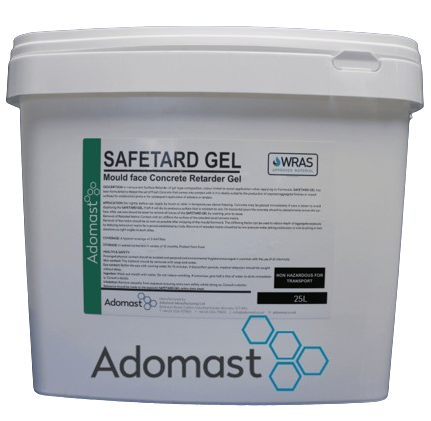
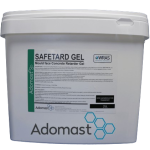
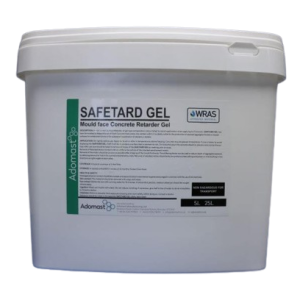
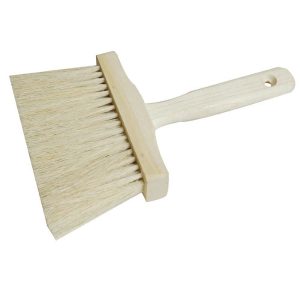
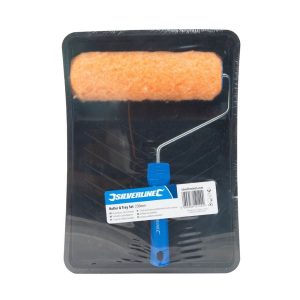
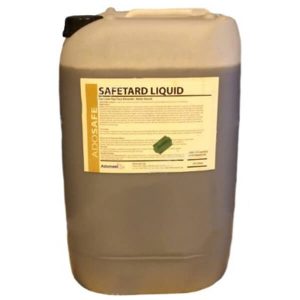
Reviews
There are no reviews yet.